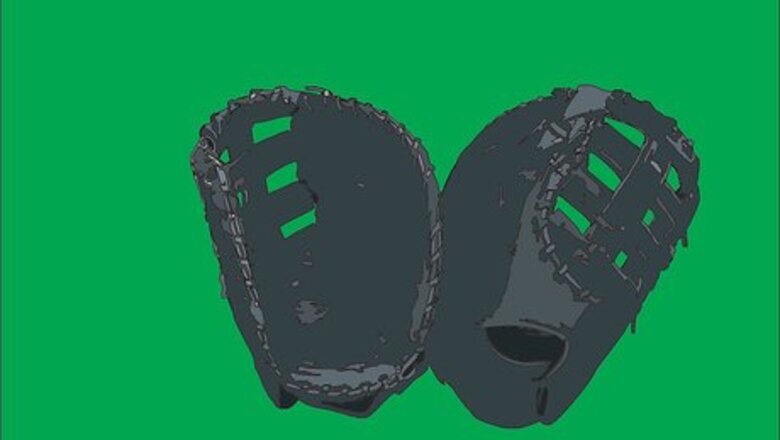
views
Know how first base is different from other positions.
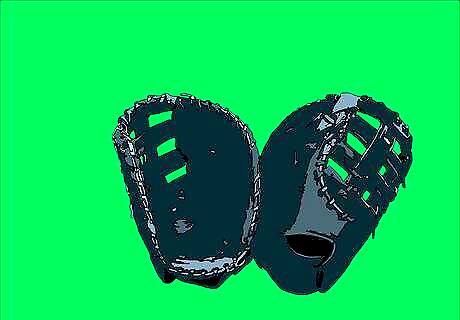
The largest difference is that you're involved in nearly every ball hit to an infielder. You're required to catch balls that may or may not be thrown accurately and you're expected to make difficult "scoops" look routine. You'll do less throwing than the other infielders but when you do throw, it won't usually be an easy play and will need to be accurate.
Start by positioning yourself correctly.
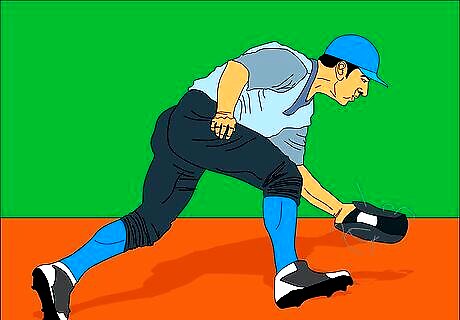
Get ready to catch the ball. Remember that if a ground ball is hit to the second baseman, third baseman, pitcher or shortstop, they're going to be throwing it to you very soon. As soon as a ground ball is hit to someone other than you, sprint to first base and position yourself with your foot opposite your glove hand (i.e., right foot if you catch with left hand and are thus "right-handed" and the other way around for lefties) against the edge of the base. Do not put your foot on top of the base or you'll end up with a broken ankle when the runner spikes you.
Adjust your position depending on the hitter.
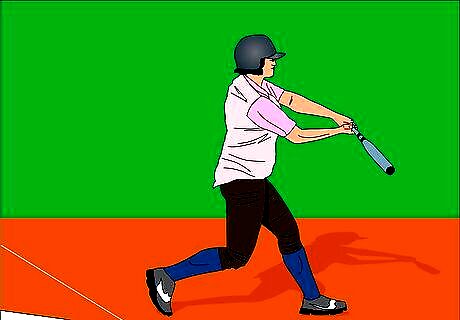
Play a little deeper than the base if it's a right-handed hitter and a few steps further back for a left-handed hitter. Remember not to stray too far from the base, though, since you'll need to be able to get there quickly. If you're left-handed, play a bit closer to the foul line since anything hit down the line will be a "backhand" play for you. Conversely, if you're right-handed, you can play "off the line" a bit more since balls hit down the line will be easier for you to snag since your glove hand will be nearer to them.
Get to the base quickly when awaiting a throw from an infielder.
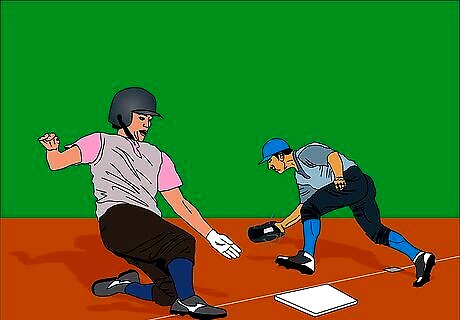
Make sure you've located the base and put your foot on it. This will entail taking your eyes off the play to find the base (you don't want to be feeling around for it with your foot). Once you're in position to catch the ball, bring your glove up and open it as wide as your hand will allow, giving your fielder a big target and confidence that you'll be catching the ball. Reach toward the fielder so that the ball is in your glove as soon as possible in case there's a close play at first.
Position yourself low to catch a ball that's going to bounce.
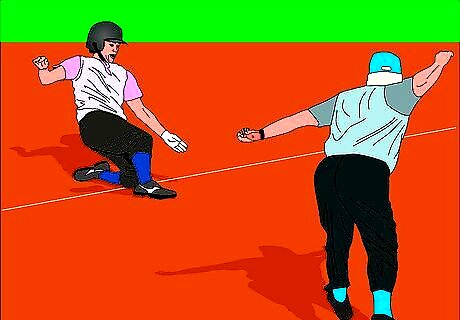
Stand almost like a catcher, ensuring that you will block the ball and maybe even catch it in your gut. Remember, as long as you hold on, it's an out provided you get the ball in your hand or glove before the batter-runner reaches first base (note that trapping the ball against your gut is not yet a catch).
Be prepared to think quickly.
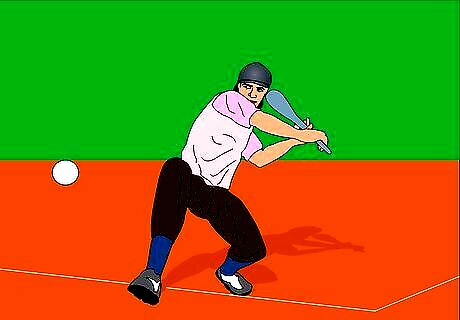
If a fielder throws wide of you, you'll need to make a split-second judgment call. If you think you can stretch and reach the throw, then do so, keeping your foot on the base and reaching out, timing your stretch so that if you fall, it is just a second after you'll have caught the ball and recorded the out. If there's no way you'll be able to reach it, leave the base and stop the ball from going past you. While this isn't ideal, obviously, it will keep the runner from moving on to second or third base.
Master the "scoop" technique.
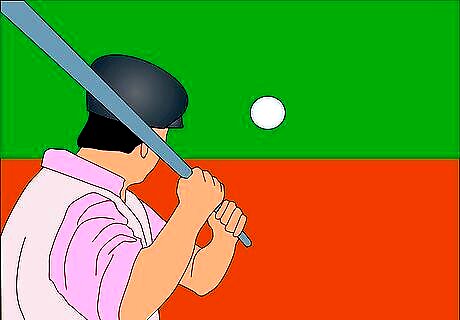
Good first basemen make scooping low throws an art. Typically, you'll know when a ball will potentially need to be scooped, especially if you play with the same infielders for a while and get familiar with their throwing habits. If a ball is thrown your way but is low and may or may not bounce just before reaching you, position your glove with your wrist facing up and the glove wide open, with the webbing of your glove touching the dirt. It is instinct to react upwards to protect yourself, but you have to react to reach down to the dirt. Most short-hops will bounce into your glove in this scenario. Scooping the ball is something that comes with practice and a lot of playing first base.
Make catching your first priority if no one is on base.
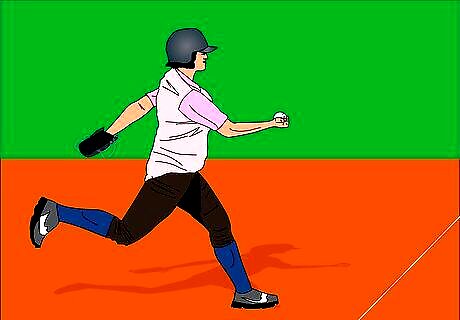
Yes, you'll then need to beat the runner to first base, but you need to make sure you have the ball first. Once you do, run directly to first base. Only throw to the pitcher if he is covering the base and you don't think you can make it there in time yourself.
Weigh your options if the ball is hit to you on the ground while runners are on base.
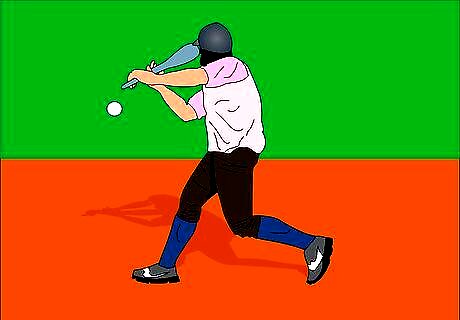
You have 2 choices to choose from when you're in this position. A) If there is a force play at the other bases, you may want to consider throwing there to get multiple outs or to get the "lead runner" out. B) If you simply want to get outs (or if there are two outs already) and not take risks, just get the out at first and then be ready to go after any base runners who are venturing far off of other bases. Keep in mind how accurate your aim is before you make the play.
Try the Tag & Bag technique as you get better at first base.
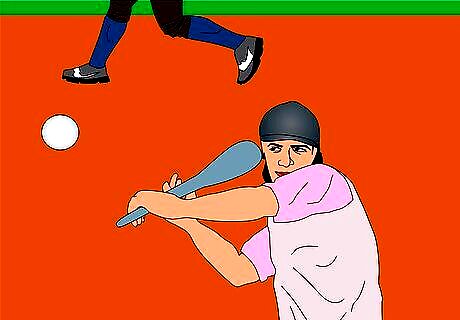
Any time you have less than two outs and a runner on first, play even with the bag in the baseline. If a grounder is hit to you field it while trying to stay in the base path. Then reach out to tag the runner trying to advance to second and then touch first base. Unassisted double play!
Go for a Tag & Bag triple play when the opportunity presents itself.
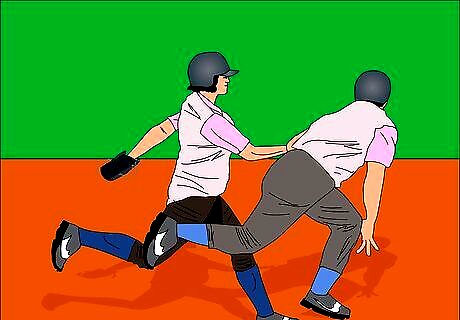
With this play, you have runners on first and second or the bases are loaded with no outs. Once you have executed the Tag & Bag, you can make an immediate throw to third or home. If you get the ball there before the advancing runner, the fielder will need to make a tag. If practiced and executed you will have yourself a triple play!
Back up the other infielders.
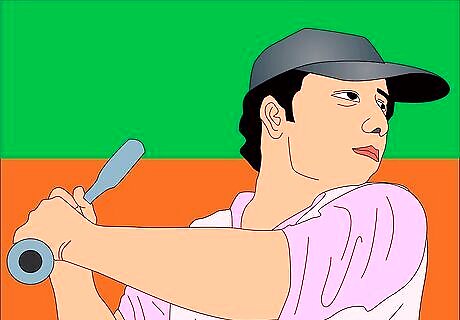
As a first baseman, you're involved in nearly all infield plays. However, you're involved in very few outfield plays. If a ball is hit into the outfield and there may be a play at second base, third base or home plate, be ready to back up those bases in case a throw gets loose. This is fundamental baseball/softball.















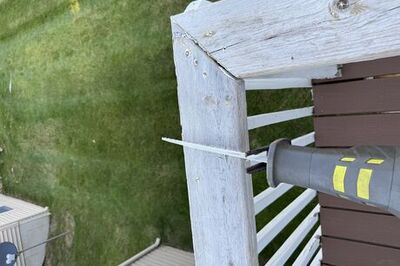


Comments
0 comment